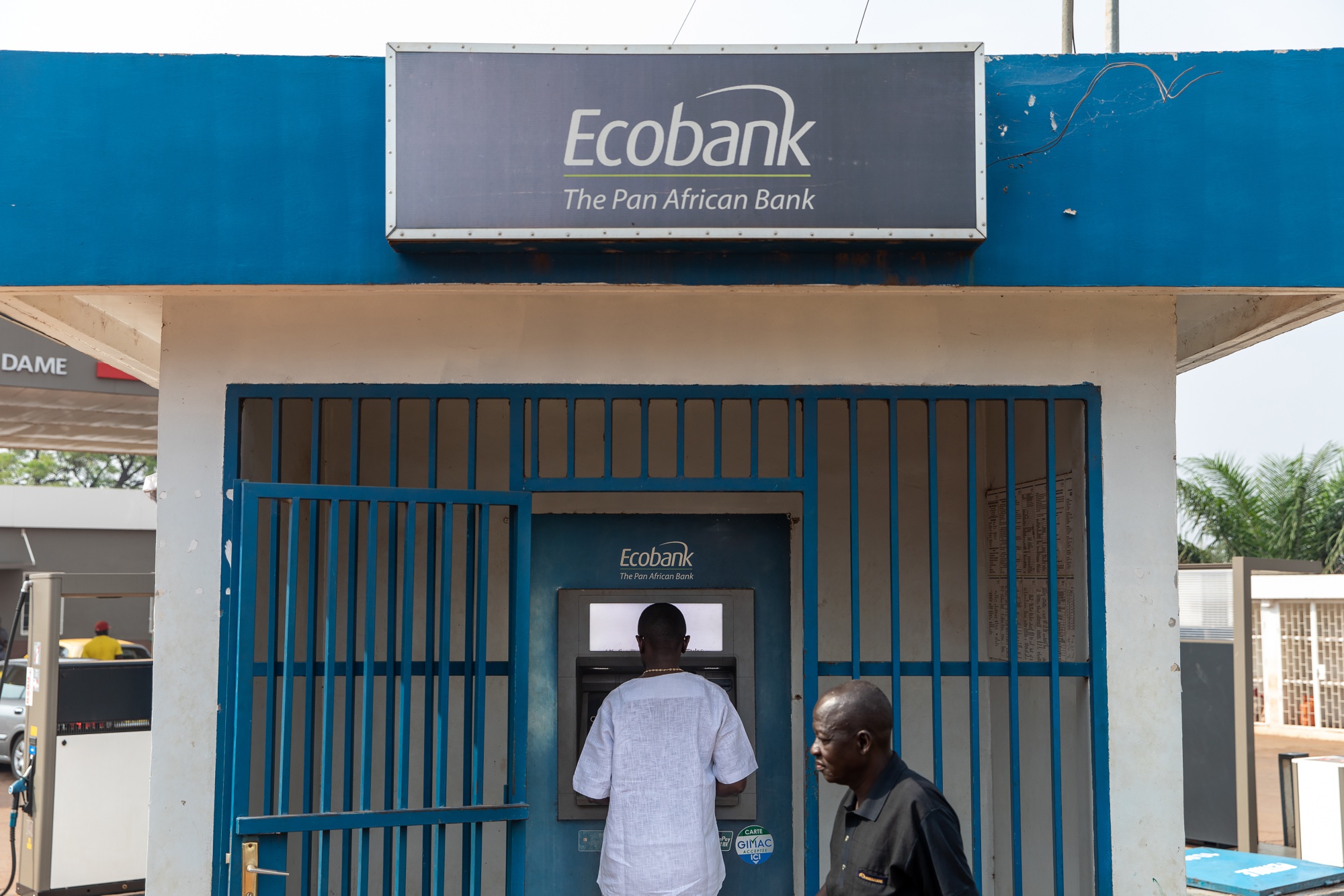After years of losing relevance, ATM transactions are making a comeback. Nigerians withdrew ₦15.98 trillion ($10.83 billion) in the first quarter of 2025, a 192.7% jump from the same period last year.
The rebound follows a new wave of Central Bank of Nigeria (CBN) guidelines that tighten oversight on PoS agents and mandate banks to deploy more ATMs nationwide. It also signals a policy pivot that could reshape how Nigerians access cash, moving the country back to an ATM-first system after years of PoS dominance.
Nigeria’s new cash cost calculator
Using your own bank’s ATM is free, but other ATMs now charge per ₦20,000. See how your PoS habit compares.
Your Estimated Annual Costs
Total Withdrawn Per Year (104 withdrawals)
₦1,040,000
Using PoS Agents
₦20,800
Using Your Bank’s ATM (On-Us)
₦0
Using Another Bank’s ATM (at a branch)
₦10,400
Using Another Bank’s ATM (at mall, etc.)
₦36,400
*Based on CBN Circular (Feb 10, 2025). “On-Us” (your bank) is free. “Not-On-Us” (other banks) costs ₦100 (On-site) or ₦350 (Off-site, using a ₦250 average surcharge) per ₦20,000 block.
The ATM origin story
Nigeria’s first ATM was installed in 1989 by Société Générale Bank, a French commercial bank. Through the early 2000s, commercial banks and independent ATM deployers accelerated growth. By 2010, there were about 7,100 ATMs across the country; then 11,000 in 2011 and 22,600 in 2021.
ATMs served as the bridge to digital banking, emptying banking halls as card transactions picked up. And while they achieved this, they quickly became a symbol of frustration with out-of-service notices, empty cash trays, and networks that collapsed under the weekend rush or any rush at all.
By mid-2024, the country had just 16,714 active ATMs, down from 17,377 the previous year.
Enter PoS
Introduced in the early 2000s, PoS systems were meant to extend financial access to underserved areas. But it wasn’t until fintechs like Moniepoint, OPay, and PalmPay entered the market that the real expansion began.
In 2018, there were about 400,000 PoS terminals as banks focused on large retailers, shopping malls, and high-end merchants. However, by January 2022, as fintechs began to make their mark, 1.37 million registered PoS terminals were active across the country.
By the naira crisis of 2023, there were 2.32 million PoS terminals. In March 2025, they numbered 8.36 million. These terminals not only became crucial to the country’s financial inclusion effort but ultimately became the primary gateway for cash for many, relegating ATMs to a complementary role.
ATMs die, PoS take over
The CBN started recording ATM and PoS transaction values from 2009. ATM transaction values totalled ₦137.72 billion ($93.35 million) in the first quarter of 2009, 3,823.65% more than the ₦3.51 billion ($2.38 million) PoS terminals processed that same period.
The great cash crossover
PoS vs. ATM transaction values in Nigeria (Quarter 1 Data)
*Data compiled from CBN figures reported by .
CBN wants ATMs revival
After years of watching ATMs decline, the CBN is putting forward policy it hopes will kickstart an ATM revival, while slowing the growth of PoS terminals.
In a recent draft guideline, the apex bank sets out a requirement that banks and card issuers must deploy one ATM for every 5,000 active payment cards they issue.
The CBN said the rules have become necessary “to establish minimum standards for ATM deployment, operations, and maintenance, promote improved access to ATM services in urban and rural areas…”
The compliance is phased: 30% in 2026, 60% in 2027, and full compliance by 2028. Nigeria had 320.05 million active accounts as of March 2025, and if each one were to be issued a card, the country would need 64,011 ATMs to comply.
To boost this, the CBN revised ATM withdrawal fees in February, capping fees at ₦500 to incentivise infrastructure deployment.
The CBN expects ATMs to be located within a reasonable distance from one another, with cash available at all times, and failed transactions must be refunded within 24 to 48 hours.
The regulator recently fined nine banks ₦1.35 billion ($915,037) for not filling their ATMs with cash.
While the ATM world is being revived, the agent/PoS ecosystem is facing stricter rules. The CBN has introduced a daily cumulative transaction limit of ₦1.2 million ($813.37) per agent and restricted terminals to a 10-metre operating radius.
From April 2026, agents will also be required to work exclusively with one principal, ending years of multi-terminal ownership.
The CBN argues that these measures will curb fraud and ensure better compliance, but they also tighten a system that has become critical to everyday cash access, especially outside major cities.
The future
The success of the PoS ecosystem has raised concerns about its proliferation, with Nigerians questioning the rationale behind buying the naira for between ₦100 and ₦500, and their role in the ATM demise.
A return to the ATM days might mean more cash access for many Nigerians at little to no cost, with the same bank withdrawals still free. However, for rural communities where agent banking has thrived, ATMs may remain out of reach, and banks are unlikely to invest in low-margin areas.
For banks generally, compliance will mean higher infrastructure and maintenance costs, especially in underserved areas. Whether this policy shift leads to a more stable financial system or slows down the inclusion gains of the past decade remains to be seen.
What is clear is that the CBN is pushing to increase ATM access while reducing PoS stronghold, and dreaming up a cashless Nigeria where transfers are more common than cash.
Note: exchange rate used: ₦1,475.35/$











